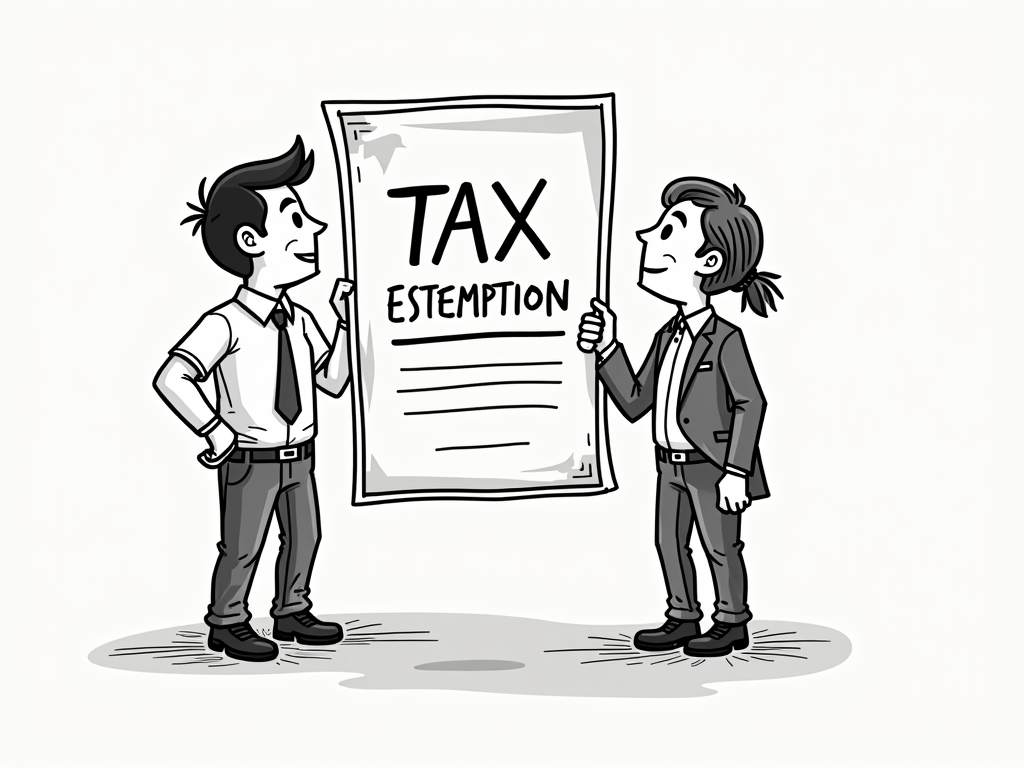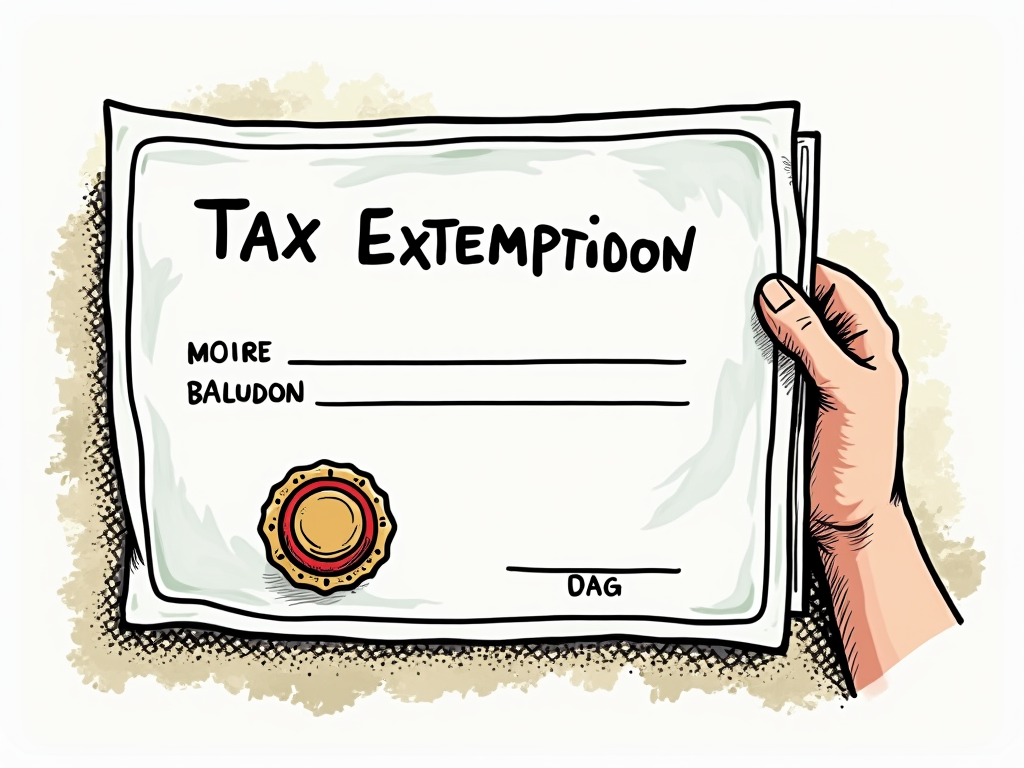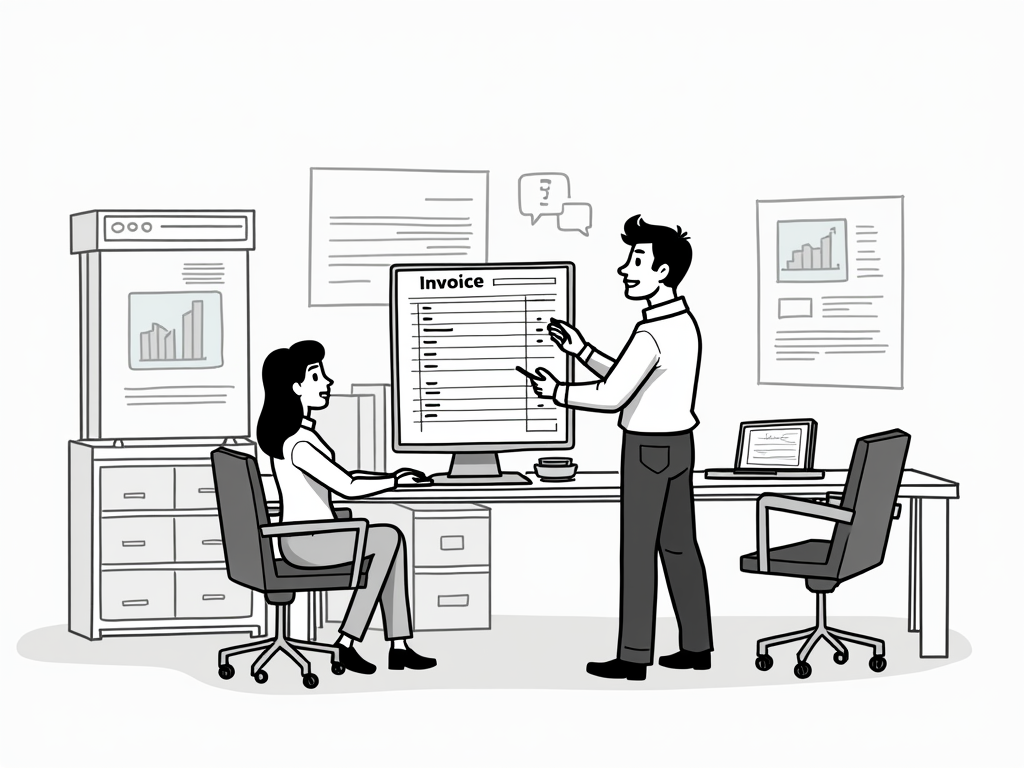
VAT Exemptions in Spain: Complete Guide to Qualifying Businesses
Reading time: 12 minutes
Table of Contents
- Introduction to VAT in Spain
- Spanish VAT Basics: What Every Business Should Know
- Types of VAT Exemptions in Spain
- Which Businesses Qualify for VAT Exemptions
- Special VAT Regimes and Their Implications
- Applying for VAT Exemptions: Step-by-Step Guide
- Maintaining Compliance While Exempt
- Real-World Examples: Spanish VAT Exemptions in Practice
- Conclusion
- Frequently Asked Questions
Introduction to VAT in Spain
Navigating Spain’s Value Added Tax (VAT) system—known locally as Impuesto sobre el Valor Añadido (IVA)—can feel like wandering through a regulatory labyrinth. Whether you’re a small business owner, freelancer, or expanding enterprise, understanding which businesses qualify for VAT exemptions isn’t just about compliance—it’s a strategic financial decision that directly impacts your bottom line.
The Spanish tax authorities have created various exemption categories, but the qualification criteria aren’t always straightforward. Let’s face it: misinterpreting these exemptions can lead to unexpected tax bills, penalties, or missed opportunities to optimize your tax position.
In this comprehensive guide, we’ll unpack the complex world of Spanish VAT exemptions, moving beyond generic advice to provide actionable insights for your specific business situation. We’ll examine which businesses qualify, how to apply for exemptions, and how to maintain compliance once exempt status is granted.
Spanish VAT Basics: What Every Business Should Know
Before diving into exemptions, let’s establish a clear understanding of VAT in Spain. Currently, Spanish VAT operates at three rates:
- Standard rate: 21% (applicable to most goods and services)
- Reduced rate: 10% (applies to transportation, hospitality, and certain foods)
- Super-reduced rate: 4% (applies to basic necessities like bread, milk, books, and medications)
VAT in Spain follows the European Union’s VAT Directive, creating a harmonized system across the EU. However, Spain has negotiated specific exemptions and special regimes that make its system unique.
“Understanding Spain’s VAT system requires recognizing its dual nature,” explains María López, tax advisor at Deloitte Spain. “It’s both an EU-aligned system and one with distinctly Spanish characteristics, particularly regarding exemptions and special schemes.”
The general principle is simple: businesses collect VAT on their sales (output VAT) and deduct VAT paid on purchases (input VAT), remitting the difference to tax authorities. However, businesses granted exemption status operate differently—and this is where careful navigation becomes essential.
Types of VAT Exemptions in Spain
Full vs. Limited Exemptions
Spanish VAT law distinguishes between two fundamental types of exemptions:
- Full exemptions (Exenciones plenas): Allow businesses to sell without charging VAT while still recovering input VAT on purchases.
- Limited exemptions (Exenciones limitadas): Exempt businesses from charging VAT but remove their right to reclaim input VAT.
This distinction is crucial because limited exemptions can sometimes put businesses at a financial disadvantage, essentially making them the final consumer of VAT on their purchases.
Activity-Based vs. Entity-Based Exemptions
Another important classification to understand:
- Activity-based exemptions: Apply to specific business activities regardless of who performs them.
- Entity-based exemptions: Apply to certain types of organizations regardless of their activities (within reasonable bounds).
Consider this real-world scenario: A language school providing educational services enjoys an activity-based exemption for its core teaching activities. However, if the same school sells textbooks, this separate activity would typically be subject to VAT (at the super-reduced 4% rate).
Which Businesses Qualify for VAT Exemptions
Small Business Exemption: The Simplified Regime
Small businesses with annual turnover below €50,000 may qualify for the simplified regime (Régimen Simplificado). While technically not an exemption, this system significantly reduces administrative burden through quarterly estimated payments rather than detailed VAT accounting.
Quick Scenario: Imagine you run a small bakery in Barcelona with annual sales of €45,000. Under the simplified regime, you’d make quarterly estimated VAT payments based on factors like square footage and number of employees rather than tracking every transaction’s VAT. At year-end, you’d perform a simple reconciliation.
Pro Tip: The simplified regime isn’t automatically applied—you must actively register for it before the start of the tax year (typically by December of the previous year).
Professional Services and VAT Exemptions
Certain professional services qualify for VAT exemptions in Spain, including:
- Healthcare services: Medical and dental services provided by licensed professionals
- Educational services: Officially recognized educational institutions
- Financial and insurance services: Banking, lending, insurance, and reinsurance operations
- Cultural services: Public libraries, museums, and similar cultural institutions
“The exemption for healthcare professionals is particularly nuanced,” notes Dr. Carlos Martínez, a tax specialist who advises medical practices. “Cosmetic procedures, for instance, generally don’t qualify for exemption, while therapeutic treatments typically do. The distinction lies in medical necessity rather than the procedure itself.”
Non-Profit Organizations and Charities
Non-profit organizations face complex exemption rules in Spain. Generally, they enjoy VAT exemptions for:
- Services directly related to their charitable purpose
- Membership fees that don’t exceed the market value of benefits provided
- Fundraising activities within specific limits
However, commercial activities that compete with for-profit businesses typically remain taxable, even when performed by non-profits.
Special VAT Regimes and Their Implications
Agricultural, Forestry, and Fishing Compensation Regime
Farmers, foresters, and fishermen can opt for a special regime (Régimen Especial de la Agricultura, Ganadería y Pesca) that exempts them from normal VAT obligations. Instead, they receive a flat-rate compensation (currently 12% for agricultural and forestry products and 10.5% for livestock and fishing products) when selling to VAT-registered businesses.
Canary Islands, Ceuta, and Melilla: Territorial Exemptions
Spain’s territorial peculiarities create significant VAT variations:
- The Canary Islands operate under IGIC (Impuesto General Indirecto Canario), a VAT-like tax with lower rates (0%, 3%, 6.5%, 9.5%, 13.5%, and 20%).
- Ceuta and Melilla have no VAT but apply a local production, services, and imports tax (IPSI) with rates typically between 0.5% and 10%.
Businesses operating across these territories face complex compliance requirements and potential strategic opportunities for tax optimization.
Applying for VAT Exemptions: Step-by-Step Guide
Documentation Requirements
To apply for VAT exemption status, prepare these essential documents:
- Completed Model 036/037 tax declaration form (available on the Agencia Tributaria website)
- Business registration documentation
- Evidence supporting your qualification for exemption (varies by exemption type)
- Projected revenue details (for small business exemptions)
- For professional exemptions: professional certification or licensing documentation
Timeline and Process Navigation
The application process typically follows this timeline:
- Initial submission: File Model 036/037 with supporting documentation
- Review period: Allow 1-3 months for tax authority review
- Clarification requests: Be prepared to provide additional information if requested
- Decision notification: Receive formal approval or denial
- Implementation: Adjust your invoicing and accounting practices accordingly
Practical Roadmap: For optimal results, consider these strategic approaches:
- Pre-application consultation: Arrange a preliminary consultation with tax authorities to confirm eligibility
- Professional assistance: Engage a Spanish tax specialist for complex applications
- Compliance planning: Develop a transition plan for your accounting systems
Maintaining Compliance While Exempt
Record-Keeping Requirements for Exempt Businesses
Even exempt businesses must maintain robust records, including:
- Copies of all invoices issued and received
- Documentation supporting exemption eligibility
- Annual summary declarations
- Records of any partially exempt activities
These records must typically be retained for four years (the statute of limitations for tax matters in Spain).
Periodic Reporting Obligations
VAT-exempt businesses often remain subject to filing requirements:
- Annual VAT summary (Model 390), even if showing zero VAT
- Intrastat declarations for businesses involved in intra-EU trade above threshold amounts
- Informative declarations about third-party transactions (Model 347) for transactions exceeding €3,005.06
“The biggest compliance mistake exempt businesses make is assuming exemption means no VAT-related obligations,” observes Elena Rodríguez, founder of Clarity Tax Consultants in Madrid. “In reality, record-keeping and reporting requirements remain substantial, just with different focus areas.”
Real-World Examples: Spanish VAT Exemptions in Practice
Case Study 1: Small E-commerce Retailer
Ana runs an online boutique selling handcrafted jewelry from her workshop in Valencia. With annual revenue of €45,000, she qualifies for the simplified regime. By registering for this option, she:
- Reduced administrative workload by approximately 70%
- Made quarterly estimated payments based on typical industry ratios
- Conducted a simple year-end reconciliation
The trade-off: Ana sacrificed some potential input VAT recovery in exchange for simplified compliance. Her calculation showed this was worthwhile given her business size and limited VAT-recoverable expenses.
Case Study 2: Educational Cooperative
Cooperativa Educativa Horizonte, a teacher-owned educational cooperative in Seville, successfully applied for educational service exemptions. Their experience highlights important nuances:
- Core educational services qualified for exemption
- Cafeteria services remained taxable at the reduced 10% rate
- Textbook sales qualified for the super-reduced 4% rate rather than exemption
Their approach: Implementing separate accounting systems for exempt and taxable activities, with proportional VAT recovery calculations for shared overhead costs.
Comparative Analysis: VAT Exemption Categories
| Exemption Type | Qualifying Criteria | Input VAT Recovery | Administrative Burden | Best Suited For |
|---|---|---|---|---|
| Small Business (Simplified Regime) | Annual turnover under €50,000 | Limited (module-based) | Low | Micro-businesses with stable operations |
| Healthcare Services | Licensed medical professionals providing therapeutic services | No | Medium | Doctors, dentists, physiotherapists |
| Educational Services | Officially recognized educational institutions | No | Medium-High | Schools, training centers, tutoring services |
| Agricultural Regime | Farmers, foresters, fishermen | Compensation percentage | Low | Small to medium agricultural operations |
| Financial Services | Banking, insurance, investment activities | No | High | Banks, insurers, investment firms |
Conclusion: Strategic Approach to Spanish VAT Exemptions
Navigating Spanish VAT exemptions isn’t merely about compliance—it’s a strategic business decision with significant financial implications. The right approach depends on your specific business model, scale, and activities.
Well, here’s the straight talk: Successfully managing VAT exemptions in Spain isn’t about finding loopholes—it’s about understanding precisely which categories your business activities fall into and proactively managing the implications.
Key takeaways for strategic VAT management:
- Thoroughly analyze your business activities to identify eligible exemptions
- Consider both the benefits (no VAT charging) and drawbacks (potentially no input VAT recovery)
- Implement robust record-keeping systems even when exempt
- Regularly review your status as your business evolves
- Seek professional guidance for complex situations or cross-border operations
By approaching VAT exemptions strategically rather than reactively, your business can transform regulatory compliance from a burden into a competitive advantage in the Spanish market.
Frequently Asked Questions
Can a business be partially exempt from VAT in Spain?
Yes, partial exemption is common in Spain. Many businesses perform both exempt and taxable activities simultaneously. In these cases, the business must charge VAT on taxable supplies while not charging VAT on exempt activities. Input VAT recovery becomes proportional—you can typically recover VAT related to taxable activities but not for VAT related to exempt operations. This creates complex accounting requirements, including the need to calculate a “prorrata” (proportion) for general overhead expenses. Businesses with mixed activities should implement separate accounting systems for exempt and taxable operations to maximize legitimate input VAT recovery.
How do VAT exemptions affect businesses selling to other EU countries?
VAT-exempt businesses in Spain face unique considerations when selling to other EU countries. While domestic transactions might be exempt, intra-EU transactions follow different rules. For B2B transactions, the reverse charge mechanism typically applies, making the buyer responsible for VAT. For B2C sales, Spanish businesses may need to register for VAT in the customer’s country once they exceed country-specific thresholds. Notably, businesses exempt under the small business scheme may still have to register for VAT specifically for their intra-EU transactions, creating a dual-status situation. This complexity makes professional advice particularly valuable for exempt businesses engaged in cross-border trade.
What happens if my business exceeds the threshold for small business exemption during the year?
If your business exceeds the €50,000 threshold for the simplified regime during the tax year, you must notify the tax authorities within one month using Model 036/037. You’ll then transition to the standard VAT regime from the following quarter. This transition requires implementing detailed VAT accounting, issuing compliant invoices with VAT, and filing regular VAT returns. You’ll maintain this standard VAT status for a minimum of three years, even if your turnover subsequently falls below the threshold. To minimize disruption, businesses approaching the threshold should proactively implement proper VAT accounting systems before crossing the limit. Failure to notify authorities promptly can result in penalties and retroactive VAT assessments.



